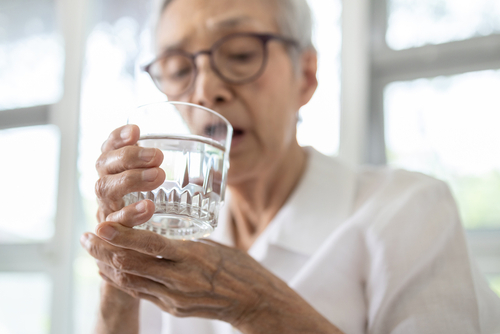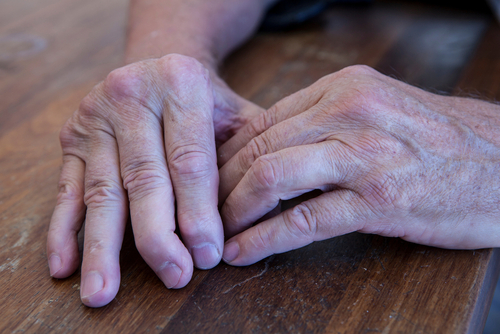Parkinson’s Disease Life Expectancy
Category:

Parkinson’s disease is a disorder in the brain that causes shaking, stiffness, and other uncontrollable movements, as well as difficulties with balance and coordination. As the disease progresses, people may have trouble walking and talking and may even experience hallucinations. Many may wonder about the intricacies of how Parkinson’s disease affects life expectancy and how one can improve their overall quality of life. In this post, we will review what you need to know about Parkinson’s disease life expectancy.
What Are the Symptoms of Parkinson’s Disease?
There are five stages of Parkinson’s disease with varying symptoms, which increase as the disease progresses. Below, we will review the symptoms for each stage.
-
Stage 1
-
Bradykinesia
-
Cramped handwriting
-
Constipation
-
Difficulty walking
-
Facial masking
-
Hunched posture
-
Loss of smell
-
Psychological symptoms, such as anxiety and depression
-
Poor balance
-
Sleep problems
-
Tremors
-
Vocal changes
-
Weight loss
-
-
Stage 2
-
More progressive stage 1 symptoms
-
Stiffness in muscles
-
Posture changes
-
Speaking difficulties
-
-
Stage 3
-
Increased difficulty in balance, movement, and performing daily tasks
-
Increased fall risks, which can affect life expectancy
-
-
Stage 4
-
Increased safety concerns, resulting in an inability to live alone
-
Increased need for help and inability to live alone
-
-
Stage 5
-
Inability to stand or walk
-
Hallucinations and delusions
-
Increased risk for injuries and infections
-
In the next sections, we will review the factors that play into the life expectancy with Parkinson’s disease and how to improve the overall quality of life with the disease.
What Is Life Expectancy with Parkinson’s Disease?
It should be noted that the life expectancy of Parkinson’s disease can be normal or near normal. However, a number of factors can shorten life expectancy. According to the Michael J. Fox Foundation for Parkinson’s Research, patients usually live between 10 and 20 years after diagnosis. There also appears to be a correlation between mortality rate and gender. According to multiple studies, Parkinson’s disease has a higher mortality rate among those assigned females at birth.
Finally, let’s review how to improve life expectancy for Parkinson’s disease as well as ways to improve the overall quality of life.
Download Our Warning Signs of Parkinson’s Disease Guide
How Do You Improve Life Expectancy for Parkinson’s Disease?
The life expectancy of Parkinson’s disease can be improved through various treatments and lifestyle changes. Below, you will find treatment methods for each stage. These will help you both prolong life and improve your overall quality of life.
-
Stage 1
-
Physical therapy and regular exercise
-
Balanced diet full of healthy nutrients such as fiber, omega-3 fats, and magnesium
-
Doctor-prescribed medications, such as amantadine
-
-
Stage 2
-
Work with a speech pathologist to address speech problems
-
Work with an occupational therapist for help performing everyday tasks
-
Doctor-prescribed medications, such as Carbidopa-levodopa, dopamine agonists, and MAO-B inhibitors
-
Alternative therapies to manage anxiety and stress, including yoga, meditation, music therapy, massage therapy, and art therapy
-
-
Stage 3
-
Treatments from earlier stages will still be effective
-
However, the benefits of some medications may decrease
-
-
Stage 4 and 5
-
Treatments from earlier stages will be effective, but less so
-
Surgical procedures, such as deep brain stimulation (DBS)
-
Subscribe
Date: December 6, 2022
Category:


